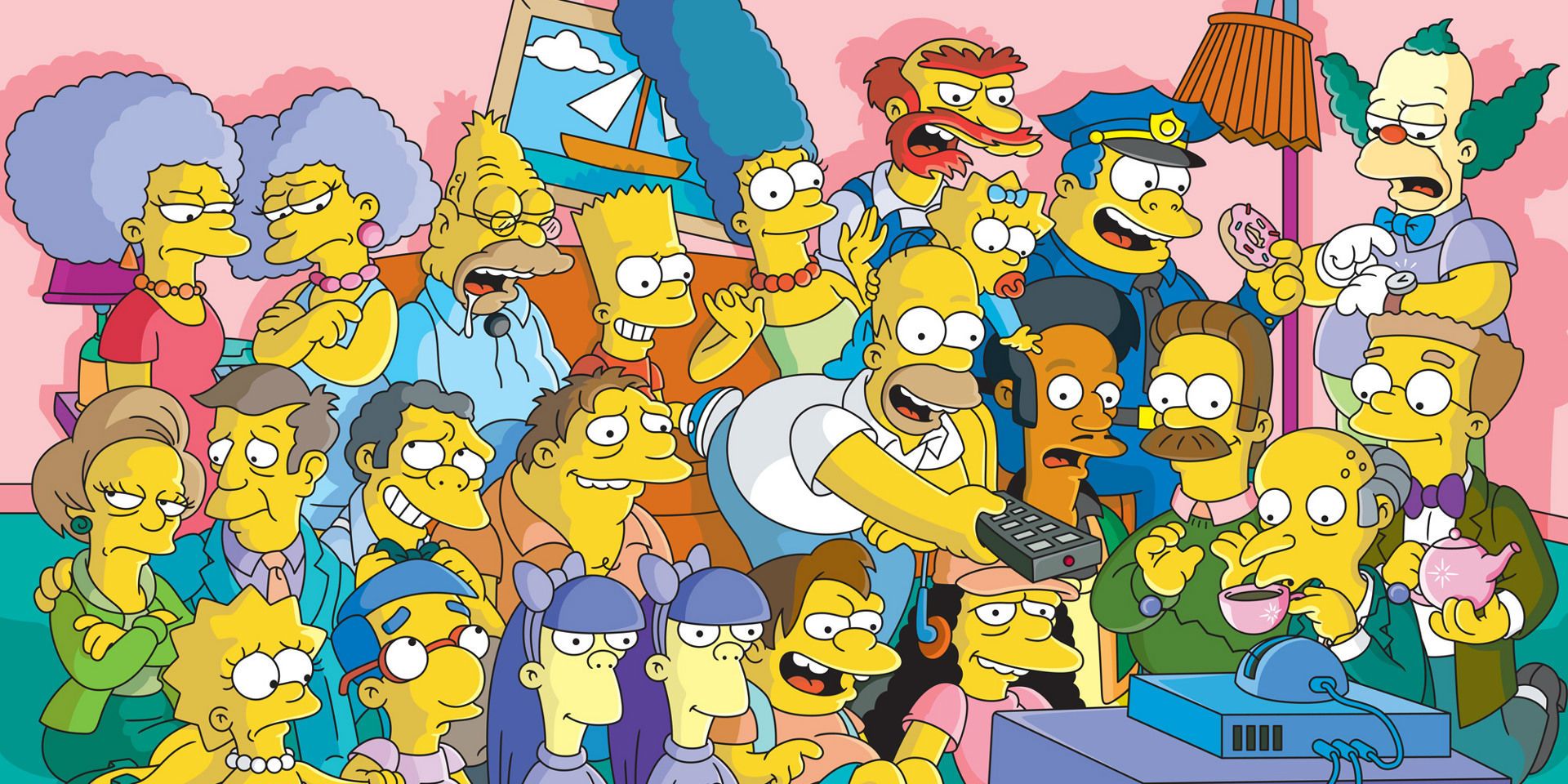
Springfield has always been full of inconsistencies, but the town keeps getting smaller and it’s hurting The Simpsons. The ever-changing nature of Springfield’s geography has been a fun running gag ever since the show’s conception, but earlier seasons were not without some degree of realism. Over The Simpsons’ 33 seasons, characters' backstories have been retconned, timelines altered, and the town’s once rich identity has gradually been stripped away.
The town’s contradictions effectively match the ignorance of its citizens. Springfield’s vast array of characters are prone to mob mentality but will switch their stance on a topic at the drop of a hat, easily swayed by a catchy tune à la “Marge vs. the Monorail” and “Bart After Dark.” However, The Simpsons created a living, breathing town where everyone had their own story, from the titular family to Springfield Elementary's teachers, Springfield's nuclear power plant, and Krustylu Studios.
Springfield has expanded physically, with new locations revealed every season but swiftly forgotten, like Duff Gardens or West Springfield's deadly oil field. But with it, the town’s history has gotten a lot smaller. Whereas minor characters were once used infrequently, they are now crammed into crowd scenes, giving the sense Springfield has shrunk. The Simpsons has retconned so much of its backstory that characters no longer seem to have their own lives. Those who never knew each other before the first few seasons suddenly grew up together. Characters who once had a past outside Springfield have become confined to the town, denied their individuality in favor of a shared, and far less interesting, mass identity.

The Simpsons has never been strict about continuity. Some characters were significantly altered – Waylon Smithers was Black in season 1, and Homer’s voice changed by season 2. However, these alterations aside, Springfield felt like a real town populated by strangers. Although memorable characters would often appear together for town meetings, crowd scenes usually contained ordinary citizens. Certain characters like Krusty the Clown and McBain star Rainier Wolfcastle were used far more sparingly. This made perfect sense as they were considered celebrities. Whenever they encountered the Simpson family, it was treated as a welcome surprise. It was only natural they wouldn’t factor into Homer and Bart's everyday lives, unlike power plant owner Mr. Burns or neighbor Ned Flanders. However, The Simpsons’ later seasons have these supposed celebrities regularly appear as background characters. This meaningless fanservice cheapens The Simpsons and makes Springfield seem absurdly small.
Some characters should become closer over time, but constant cameos from supporting players make their lives appear mundane. The Simpsons’ early and best seasons boasted a natural progression as characters became more acquainted, like Chief Wiggum’s increasing run-ins with the Simpson family. Part of The Simpsons’ relatability was thanks to certain friendships, while other characters had a more ambiguous past. Early seasons established Homer and Barney as childhood best friends, before incorporating Lenny, Carl, and Moe through flashbacks in season 13’s “The Blunder Years.” Flashback stories are now laden with gratuitous cameos, with wildly different characters like Mayor Quimby and Sideshow Mel forced into Homer’s childhood. Homer didn’t appear to know Smithers before joining the power plant, but they were retconned into attending high school together. Bart's teacher, Edna Krabappel, repeatedly referenced moving to Springfield following her divorce and getting used to the town’s eccentricities, but this was undone by a brief cameo in season 18’s “Springfield Up,” featuring a teenage Edna alongside everyone else.
These retcons harm The Simpsons’ relationships, especially as characters rarely acknowledge their history together. Edna's origin was ignored to add her into a colorful but empty backdrop. Springfield has shrunk, undermining the idea behind The Simpsons season 7’s “22 Short Stories About Springfield.” Alternate stories are erased when the townspeople are retconned into sharing the same past, and the show loses all sense of the larger world that defined The Simpsons' Golden Age.
Comments
Post a Comment